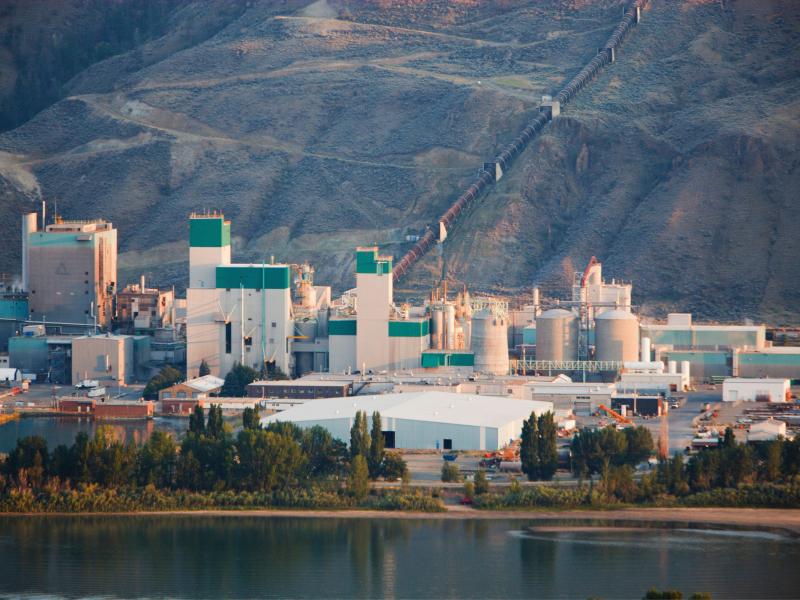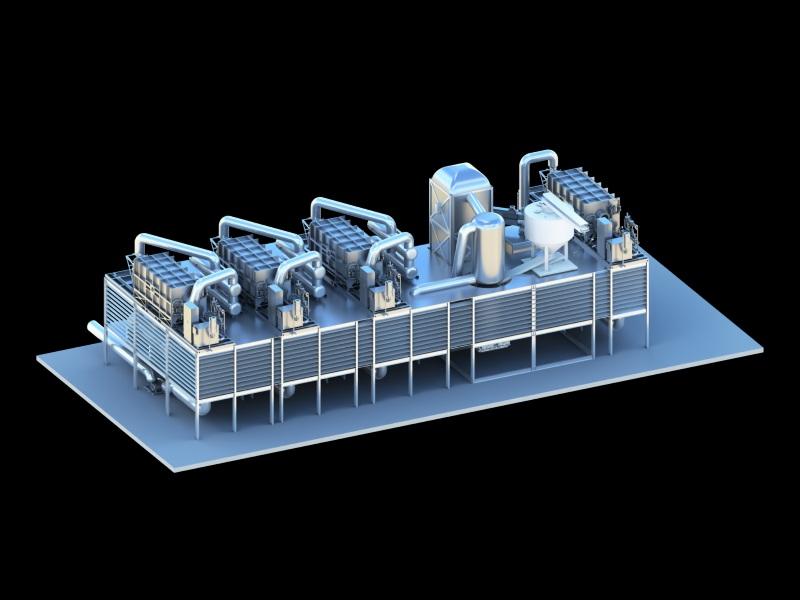
GUEST SUBMISSION: There is no question about it: Scope 3 emissions are a thorn in the side of every company trying to operate in a more sustainable way.
The known challenge of curtailing Scope 3 emissions affects every industry. Concrete, steel, electrical components, water and even business travel are omnipresent common contributors to Scope 3 emissions.
Together, Scope 3 emissions extend across the supply chain (both upstream and downstream). They comprise greenhouse gases (GHGs) from suppliers’ goods and services, including the transportation and delivery thereof, use and end-of-life disposal of products. Scope 3 emissions account for the largest “line item” of a company’s carbon emissions profile — more than 70 per cent, according to the UN Global Compact.
Addressing indirect GHGs is not just a corporate issue, however; it is a national imperative as well. Canada has taken steps to implement federal policies to influence positive climate action to curtail all scopes.
Specifically, Canada established the Climate and Clean Air Coalition in 2012, ratified the Paris Agreement in 2016 (with the goal of reducing GHG emissions by 30 per cent below 2005 levels by 2030), and legislated the Canadian Net Zero Emissions Accountability Act in 2021 to accelerate the path to net-zero emissions by 2050 through an accountability framework.
We have come a long way as a nation, yet there is still work to do to make sustainability and decarbonization a priority for Canadian businesses instead of an afterthought.
As one of the 100 most sustainable companies in the world, Schneider Electric has been consistently recognized for its sustainability achievements. However, the journey toward net-zero is ongoing for many who must address the environmental impact of their suppliers and vendors to ensure their broader ecosystem aligns with their sustainability goals.
Since many companies are turning to cleaner energy through electrification, digitized grids and renewables to abate Scope 1 and Scope 2 emissions, no one can afford to let Scope 3 emissions derail these other efforts. Here are three steps for navigating Scope 3 complexities across the supply chain.
Know what you don’t know
This foundational step is all about visibility enabled by digitalization. With heightened attention on the impact of Scope 3 emissions and, more importantly, a corporate responsibility to do the right thing, no one can look the other way. Unfortunately, many suppliers and vendors simply do not know the carbon profile of their goods and services, especially the cadre of small and medium businesses that are an invaluable part of most supply chains. That is understandable since widespread urgency to action on Scope 3 impacts is just now taking root.
Fortunately, there is technology enabling companies to track emissions data against key metrics such as purchased goods and services, freight, diesel, water usage, building materials and more. This comprehensive tracking not only increases awareness but also empowers customers to act by identifying and prioritizing reductions once Scope 3 hot spots are revealed through connected products and digital services.
Use data as your go-to tool
In preparing an enterprise for Scope 3 emissions, data proves essential. However, data collected solely for its own sake lacks actionable value. Essential preparatory steps involve ensuring collected data is relevant for calculating Scope 3 emissions.
Once key stakeholders across the organization — such as plant managers, waste handling companies and third-party distribution companies — are identified for Scope 3 materiality assessment and analysis, attention can turn to the necessary preparatory steps for a robust data strategy tailored to Scope 3 calculations.
This work includes the following, as outlined in How to Calculate Scope 3 Emissions:
- Choose a methodology
- Determine the reference year
- Define the organizational and operational scope
- Determine the product(s) considered
- Develop a cartography of the flows of CO2
- Understand data accessibility
This upfront work is laborious but necessary, as the resulting calculations are only as good as the data itself. This step ensures you can set proper baselines to set specific targets each year.
Keep in mind this groundwork related to data collection is necessary to do only once, as it will serve as the foundation to analyze data against moving forward. This is exceptionally important for professionals in the data centre physical infrastructure space, where high energy demands and increasing complexity make accurate data collection even more critical.
The good news is there is no need to reinvent the wheel. There are resources available that provide valuable guidelines to streamline this process and ensure comprehensive and accurate reporting.
Setting data-driven baselines will prepare you for stakeholder reporting and other environment, social and governance standards and practices. Keep in mind, too, that the European Union’s Corporate Sustainability Reporting Directive (CSRD) is looming on the horizon for many large, global enterprises (even beyond the EU), so now is the time to use data and digitalization to shine a light on your Scope 3 emissions profile.
Work with a partner
Fast-emerging regulations such as CSRD require reporting on all scopes. That is why energy and carbon visibility across both the enterprise and the value chain is so imperative. For many companies, however, getting a handle on GHG emissions reporting is a daunting task — not to mention the challenge of implementing ameliorative actions.
Seeking a consultative partner to decarbonize Scope 3 emissions can accelerate business efforts. Recently, Schneider Electric launched Materialize, a supply chain decarbonization program to empower companies in the metals and minerals sector to reduce GHG emissions across their own value chain.
This effort is as symbolic as it is concrete (pun intended) because it recognizes the importance of working across supply chain cohorts to accelerate the renewable energy transition at scale. That is a win-win scenario that goes well beyond Schneider Electric.
Partnership programs also exist for circular economy initiatives that address e-waste disposal for responsible end-of-life efforts, as well as collaborative efforts to tackle other hard-to-decarb sectors and systems.
A brighter future
Navigating the complexity of Scope 3 emissions is crucial for every company. Still, it is especially critical for the data centre industry given that generative AI has skyrocketed demand for computing power. While advancements in cooling, energy-efficient power and sustainable building materials give hope for addressing climate change, Scope 3 abatement is possible, too.
Let’s bring the possibilities to light now so we all can reap the benefits of a much brighter future.










